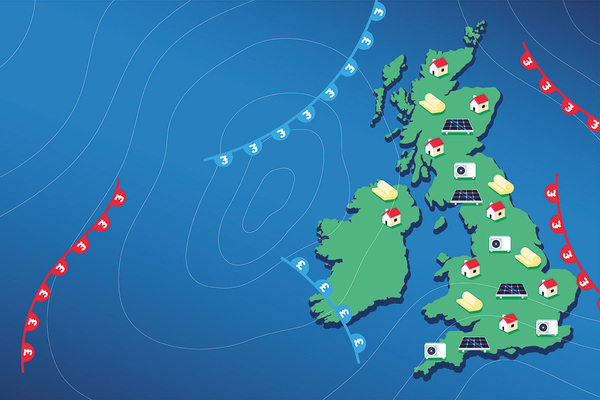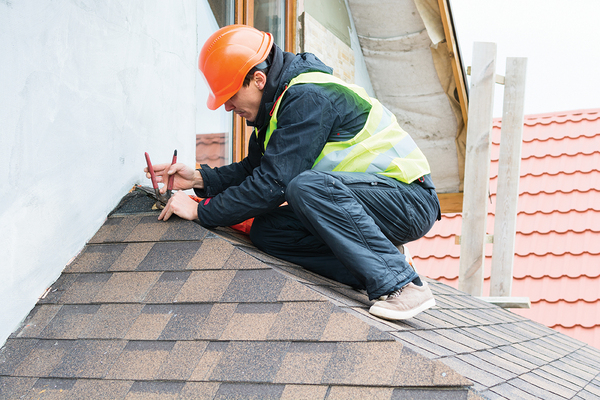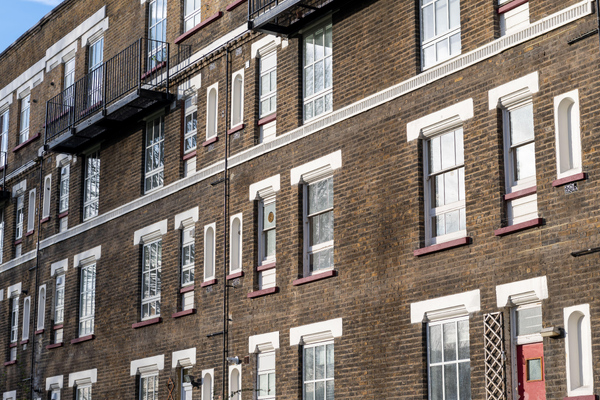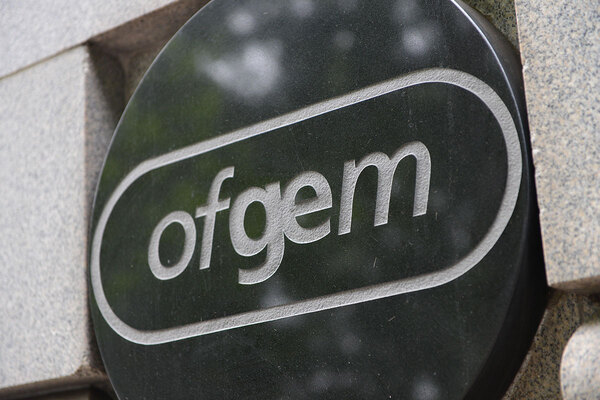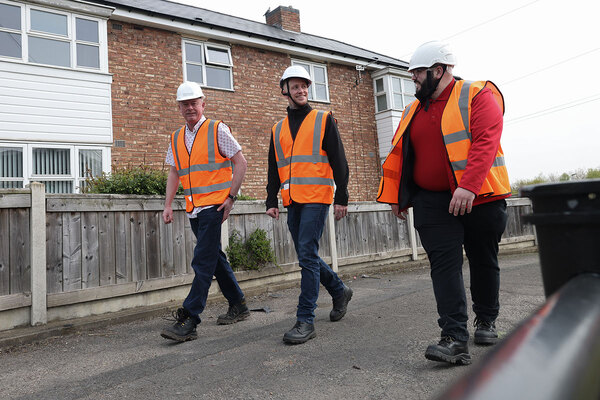The month in numbers: why aren’t carbon emissions from homes falling?
The sector must be carbon neutral by 2050, but it still has a long way to go. Lucie Heath reports
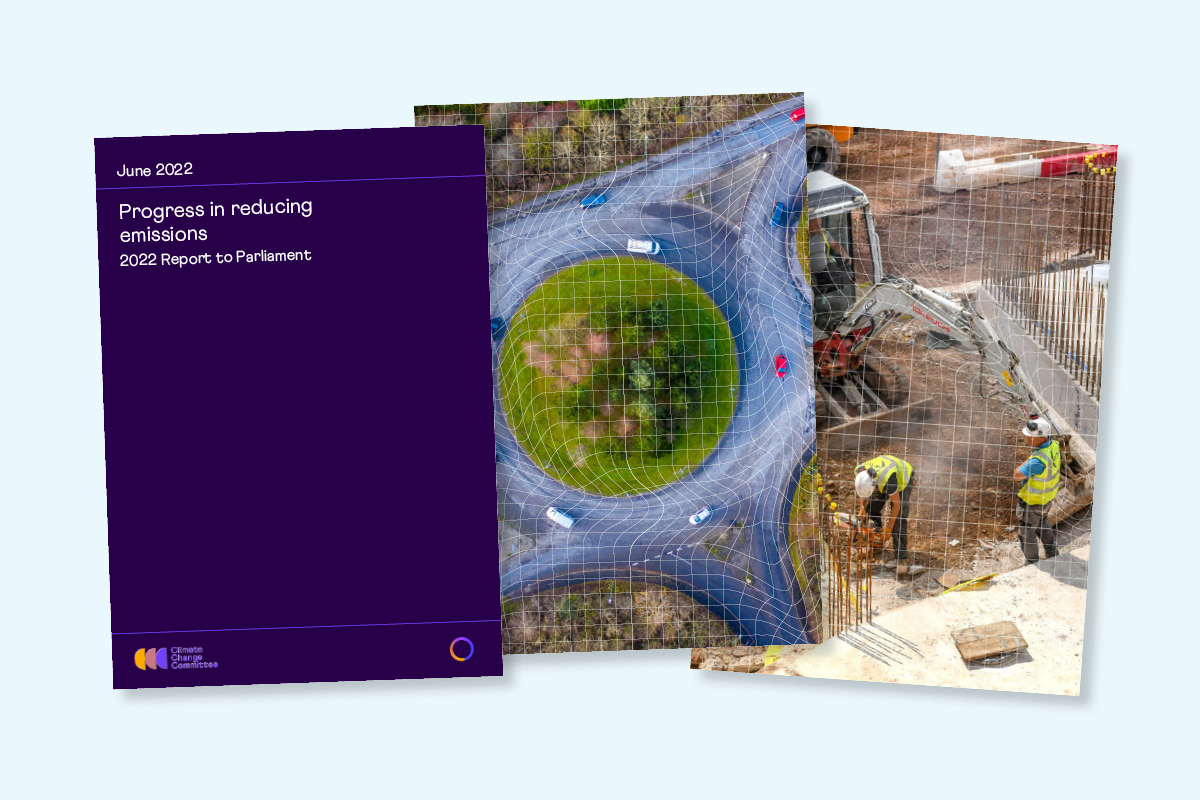
Late last month, the Committee on Climate Change (CCC) – an independent body that advises the government on reducing emissions – published a 619-page report assessing the UK’s progress towards net zero. The report praised some of the work that has been done to date – for example, the decarbonisation of the electric grid – but overall, the committee found “scant evidence of delivery” against the government’s net zero targets.
One area signalled out by the CCC as an example of slow progress is the work to improve the energy efficiency of homes. Government data shows that carbon emissions from buildings, almost 80% of which comes from homes, have remained stagnant for almost a decade. Given what we know about the urgency of the climate crisis, why hasn’t more been done to reduce emissions from buildings during this time?
Reduction in insulation work
The CCC points to the huge reduction in the installation of measures such as insulation in homes since 2012. This was a direct consequence of David Cameron’s government slashing spending on what he infamously labelled “green crap”.
“If the UK government wants to meet its ambition for all homes to achieve Energy Performance Certificate C by 2035, the number of homes receiving energy efficiency upgrades needs to scale up substantially,” the CCC warns.
At the same time, we must do more to ramp up the supply chain for heat pumps. We have seen a steady increase in heat pump installations, with 53,704 installed last year. However, this is a far cry from the government’s target of 600,000 a year by 2028.
The government has recently launched a flurry of new green housing programmes, such as the Social Housing Decarbonisation Fund, but it is vital these schemes are ramped up if ministers are to make up for lost time.
Sign up for our asset management newsletter
Already have an account? Click here to manage your newsletters
